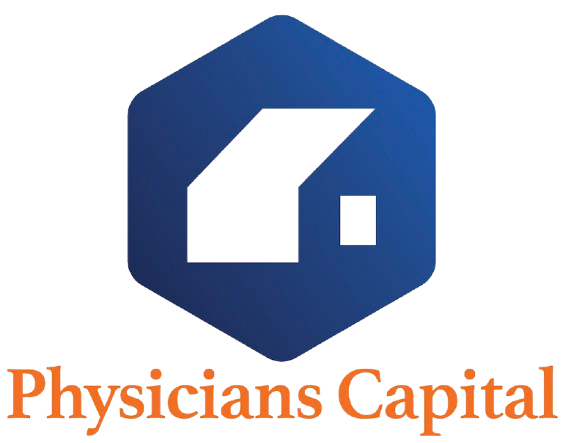Medical real estate occupies an unusual position in the broader commercial property landscape. It doesn’t depend on tourist footfall, fast fashion cycles, or remote work debates. Instead, it draws stability from long-term demographic trends, regulatory barriers, and the operational complexity of its tenants. This creates a distinctive investment environment, one that blends defensive characteristics with steady cashflow and muted competition.
At its core, the sector is underpinned by necessity. Healthcare demand does not ebb with market cycles or shift rapidly with digital disruption. Populations age, chronic conditions rise, and regional health systems evolve slowly. These forces create a resilient tenant base composed largely of medical practices, outpatient services, diagnostics providers, and specialised clinics. Importantly, many of these operators have limited flexibility to relocate. Their fit-outs are expensive, their proximity to hospitals or patient populations is non-negotiable, and their operations rely on physical presence. That stickiness, combined with high switching costs—translates into lower vacancy risk and longer average lease terms.
From an investor’s perspective, this creates unusually stable yield profiles, often enhanced by triple-net lease structures where tenants shoulder a significant portion of property-related expenses. For income-focused portfolios, this offers a compelling blend of predictability and inflation resilience. Unlike general office or retail spaces, rent escalations in medical leases are often pre-agreed and aligned with healthcare reimbursement trends, offering a modest but consistent uplift.
Moreover, the tenant profile tends to be both diversified and creditworthy. While some assets are leased by large regional healthcare systems, many host a mix of independent practitioners and specialist groups. This fragmentation can insulate portfolios from systemic risk while still benefiting from broader healthcare tailwinds. Where consolidation occurs, such as mergers among practice groups or increased private equity activity, landlords often see capital improvement investments and lease extensions, further anchoring the asset’s value.
Another factor driving institutional interest is supply constraint. Building a medical facility isn’t as straightforward as converting an office or retail unit. It requires adherence to complex regulatory and design standards, which discourages speculative development and limits oversupply. Additionally, many municipalities are slow to approve new medical space, particularly where hospital systems influence zoning or local policy. The result is a slow-moving development pipeline that reinforces demand for existing, well-positioned assets.
Operationally, medical properties demand a more hands-on approach. The infrastructure requirements are unique, think reinforced flooring, specialised HVAC systems, advanced plumbing, and sensitive imaging installations. But for investors willing to engage with this complexity, the rewards are notable. Higher tenant retention, reduced turnover costs, and a customer base that actively reinvests in their premises combine to protect long-term income streams.
Recent trends also suggest that demand is not limited to urban cores. As healthcare delivery models shift towards decentralised outpatient care, suburban and regional assets have gained prominence. This aligns with broader demographic patterns, where population growth increasingly favours exurban markets. Investors able to identify well-situated properties in these zones—particularly near transport corridors or retail anchors—are finding opportunities that combine value with long-term demand visibility.
In the current macro environment, where capital is cautious and risk-weighted returns are under closer scrutiny, this niche offers a compelling risk-adjusted proposition. It delivers a form of yield that is not overly dependent on GDP growth or consumer sentiment, while offering natural hedges against inflation and policy shifts. With interest in alternatives rising across institutional portfolios, medical real estate is emerging as a quiet cornerstone, unflashy, complex, but fundamentally sound.
Medical real estate refers to properties specifically built or adapted for healthcare use, ranging from outpatient clinics and dental surgeries to diagnostic centres and specialist practices. For investors, it offers a unique mix of yield resilience, low vacancy, and demographic-driven demand.
Physicians Capital are the only physicians-owned private real estate investment firm that allows doctors to reclaim ownership, generate passive income and build long-term wealth.






































